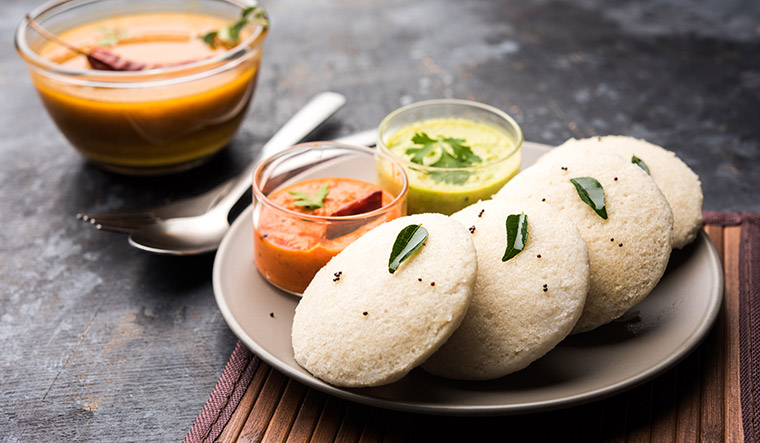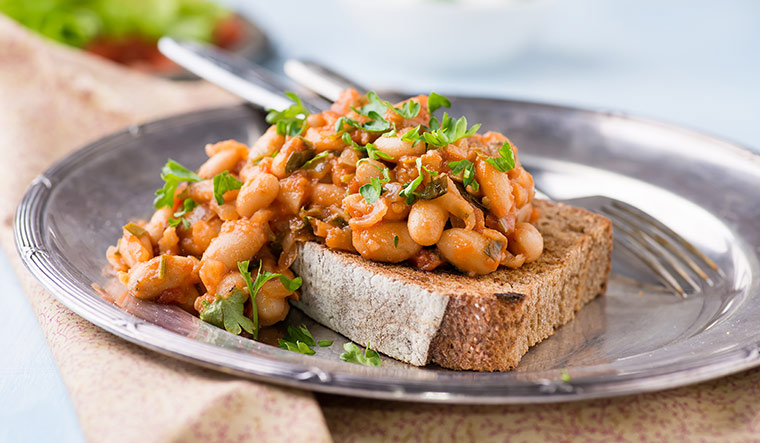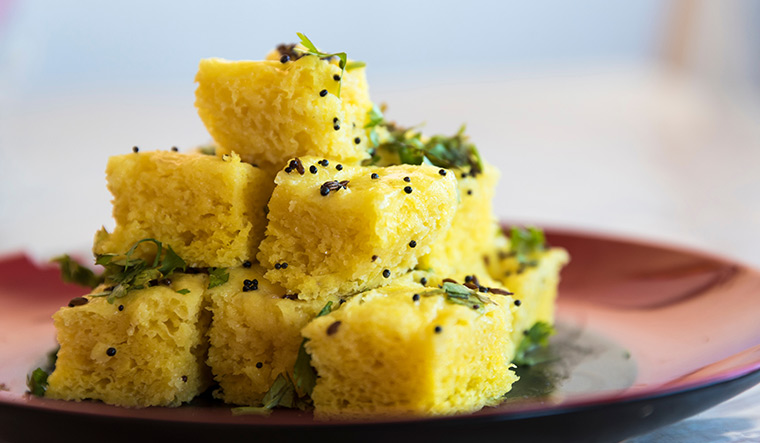The working life can have a serious impact on one's body weight, waistline and stress levels, which could lead to more serious health problems later. Most young working couples believe they are protected from ill-health because age is on their side. Unfortunately, facts state otherwise. Double incomes may ensure financial security, but not health security.
Preventable problems like obesity, expanding girth, constipation and micronutrient deficiencies (iron, zinc and vitamin B) are commonly seen in young working adults. The age at which adult diabetes, high blood pressure and other lifestyle-related diseases set in has decreased over the last few years. This has resulted in younger adults falling prey to heart attack and hospitalisation. According to the Indian Council of Medical Research's state-level disease burden study, the estimated proportion of all deaths due to non-communicable diseases has increased from 37.1 per cent in 1990 to 61.8 per cent in 2016. The National Family Health Survey 2015-16 showed that 11 per cent of women and 15 per cent of men between 15 and 49 are hypertensive. If this group has an increasing number of non-communicable diseases, it could lead to an increased financial burden on the breadwinners.
One of the major controllable factors for non-communicable diseases is one’s dietary habits. In the last few years, the intake of protein has declined in working couples and the intake of fat and sugar has increased. Consumption of fruits and vegetables is lower than the recommended quantity. Income, food prices, individual preferences, environmental and social factors have all influenced changes in diet.
Traditionally, the Indian diet used less ultra-processed ingredients and more unrefined ingredients in meals. Processed food (like pickles, papads and preserves), fried food and sweets were prepared at home and needed physical effort. A sit-down meal with family or friends was a daily routine. All this has changed. The use of ultra-refined food has shot up, fried items are available in supermarket shelves and at road-side shacks and ready-to-eat sweets and desserts are sold at cafés, thereby reducing the physical labour that goes into preparing these items.
Physical activity has reduced, but the quantity of food intake has not. Excess intake and retention of energy without adequate energy expenditure has led to accumulation of body weight and body fat. So the question is: are all traditional Indian foods, healthy as they are, fit to be consumed by the modern man? Can global cuisines in urban India help maintain health? Does more food lead to healthier food choices?
Traditional Indian foods are known to use a wide variety of ingredients. While wheat and maize are staples in west and north India, rice and millets are more popular in east and south India. A variety of dals and pulses are used across the country. Dairy is a part of most Indian meals. With a variety of foods and dishes in our culture, it is not difficult to meet the nutritional requirements.
The good news is that working couples can be healthy if they pay a little more attention to themselves. Be it weight management or waistline reduction, looking good and feeling good stems from the right action and attitude.
Is there an ideal diet plan for working couples? No. However, if the general nutrition guidelines are kept in mind, it becomes easier to make healthy choices. It can be as simple as consuming a handful of almonds instead of skipping a meal. Not only do they keep you sated for longer, they also help lower levels of low-density lipoprotein or bad cholesterol. They also lower the blood sugar impact of carbohydrate foods and are ideal for diabetes management.
An Indian thali can be made healthier by reducing the quantity of carbohydrates and increasing the quantity of protein and vegetables. This would mean less rice, roti, puri and paratha, and more of dal, dairy and vegetables. The US has recently adopted the plate food guide in place of the earlier pyramid food guide. According to this, a quarter of the plate should be carbohydrates from whole grains, another quarter should be healthy protein, about two-third should be vegetables and one-third should be fruit. Healthy fats and water are add-ons.
Options for office meetings
■ Choose fresh fruit, vegetable salad, masala puffed rice or a snack that is not deep fried or has added sugar or maida
■ Keep some almonds handy in a tiffin box. Pair them with fruits or include them in other snacks
■ Sip on green tea, herbal tea, black tea, fresh lime juice, coconut water or plain water
■ Stay away from carbonated beverages, sugar sweetened drinks, juice concentrates and sugary milkshakes
■ Avoid fried snacks, biscuits, cookies and cakes
■ Keep some space for the attendees to pace about if they wish to do so during the meeting. This helps to keep the mind alert.
■ Hold meetings outdoors to benefit from fresh air
and sunshine.
Eating out can be beneficial socially and emotionally but harmful physically if one does not take care of the food choices. Unless you are assured of the hygiene of the cooking premises and food handlers, it is best to avoid raw food like chutney, salad, dressing, ice-based drinks and deep-fried food that might contain reused oil, when you eat out. Choose hot beverages, freshly prepared snacks, fruits protected with skin and dishes that are roasted, steamed or grilled.
General guidelines
■ Have breakfast, lunch and dinner every day
■ Use nutritious and energy-boosting snacks whenever needed
■ Do not skip your vegetables and protein
■ Chew well
■ Do not eat while stressed
■ Limit salt, sugar and fat intake
■ Avoid trans fats and reuse of oil
■ Choose local, seasonal, fresh, natural, organic produce as far as possible
■ Use stairs, pace while speaking on the phone, stroll after a meal, walk to nearby stores or bus stop, perform group stretches in your office
■ Get at least 15 minutes of sunshine every day
■ If you are under stress, breathe deeply a few times, talk to a friend, avoid substance abuse and pursue hobbies
■ Sleep at least 7 to 8 hours every night to help your body and mind repair, recover and refresh
Krishnaswamy is a nutrition and wellness consultant in Bengaluru.
BREAKFAST CHOICES
● Idli with sambar and chutney
● Vegetable paratha with curd
● Onion poha with buttermilk
● Ragi porridge with milk
● Muesli with milk
● Whole wheat toast with egg
LUNCH & DINNER CHOICES
● Sambar, cooked vegetable dish, buttermilk, unpolished rice
● Rajma curry, cooked vegetable dish, raita, phulka
● Dal tadka, cooked vegetable dish, curd, jowar roti
● Whole wheat bread sandwich with vegetable and paneer filling
● Vegetable soup, steamed whole wheat noodles with vegetables and chicken salad
● Durum wheat pasta with vegetables and steamed fish
SNACK CHOICES
● Almonds
● Fresh fruit salad
● Steamed sprouts with masala
● Puffed rice with roasted channa
● Puffed lotus seeds
● Dhokla
● Khandvi
● Boiled egg
● Sautéed tofu
● Paneer tikka
● Beans on toast
● Boiled corn





